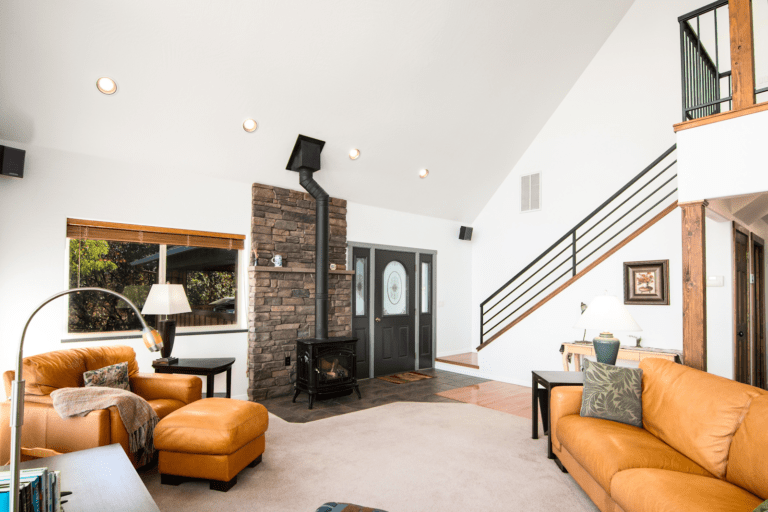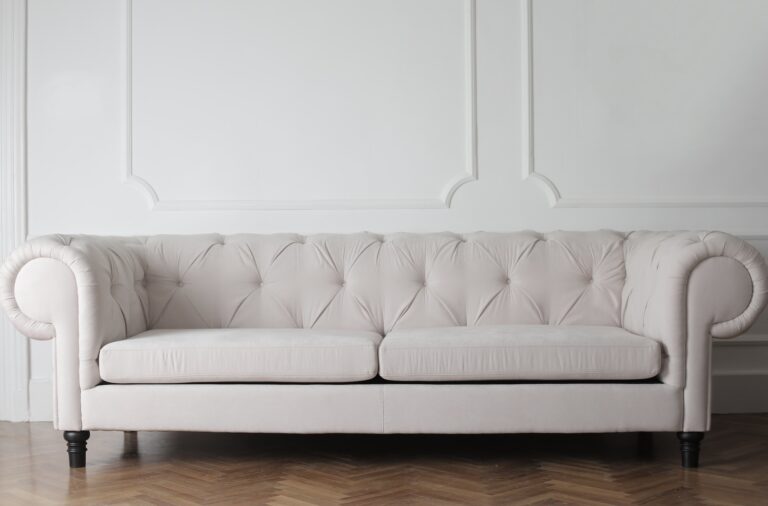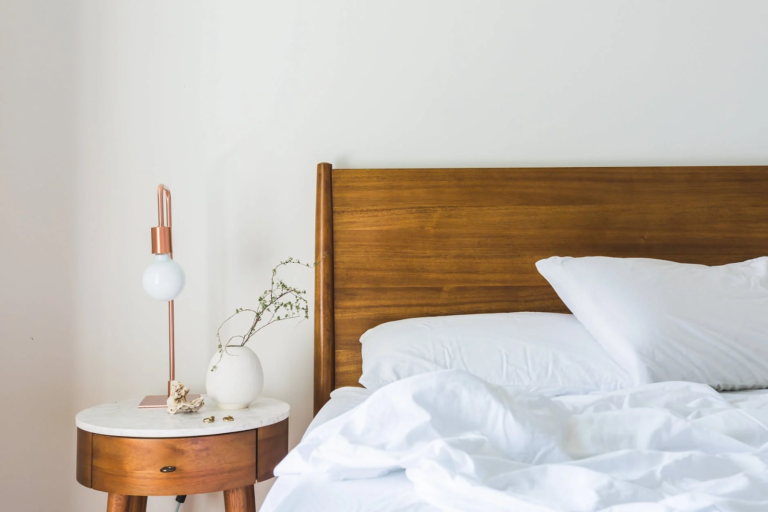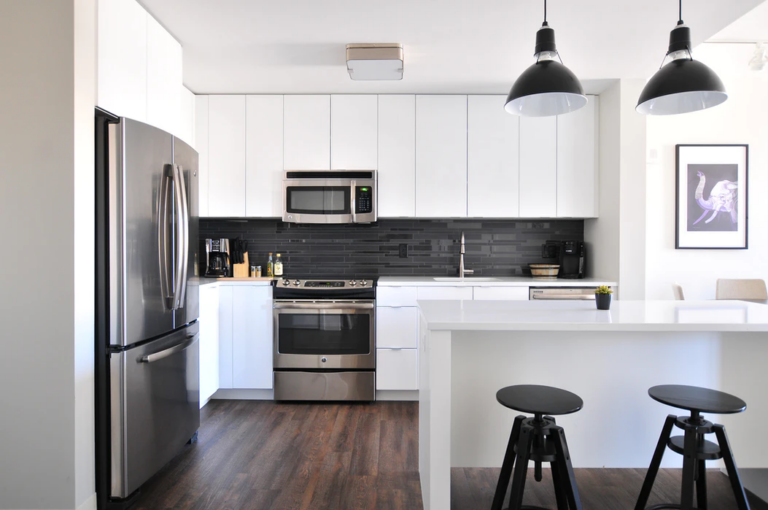An Easy 4 Step Guide To Laying Vinyl LVT Flooring
When renovating your home or a project home sometimes you don’t need to spend big bucks to make it look incredible. Often making simple switches can save you money but still give off an incredible aesthetic and this goes for vinyl LVT flooring too!
The bonus of opting for vinyl lvt flooring is that you can choose great looking and authentic wood, marble or stone finishes in your home. Not only is vinyl flooring extremely affordable it is also easy to fit. Being practical, durable and easy to clean as well as much warmer than traditional stone or marble this type of flooring looks great in kitchens, bathrooms or any areas with high levels of traffic.
There are a couple of things you should know before laying vinyl lvt flooring so that you can make the most appropriate choice for your room.

Note: Many vinyl types are suitable to team with underfloor heating however it is important that you double check with the manufacturer before purchasing if you do want to lay it on top of UFH.
We do recommend that you hire a professional fitter to ensure that you get a professional finish, however if you’re looking to do it yourself here’s how to fit vinyl flooring.
An Easy 4 Step Guide To Laying Vinyl LVT Flooring
Prepping the floor space
Firstly ensure that you remove all furniture and any fixtures or fittings that might get in your way. Make sure that you’re not going to lay over recently treated wood or concrete that is too moist you do need to make sure both are fully dried out.
Climatise
It is also really important to leave your new vinyl flooring in the room that you plan to lay it in for a minimum of 24 hours before beginning to lay it. This will allow the vinyl to adapt to the climate of the room. It is also recommended that any existing floor tiles or coverings are removed.
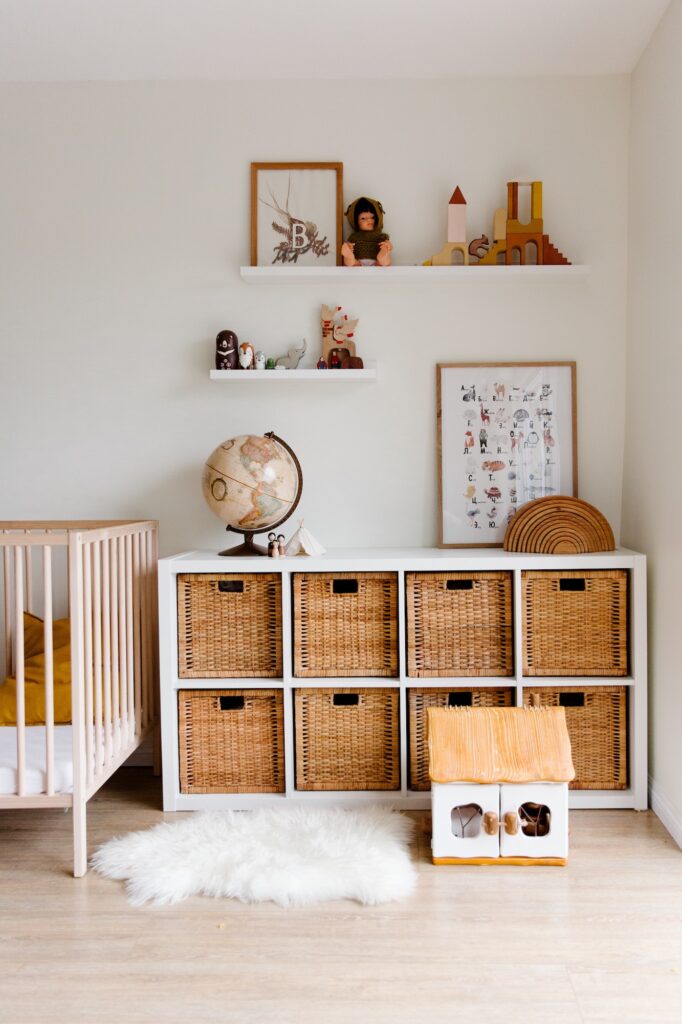
If this is not practical for you then it is possible to lay vinyl on top. Just make sure that the existing covering is secure and in relatively good condition. Make sure that the flooring is clean and fill any dents or gaps with a compound.
You might find it much more cost-effective and easier to pull up old and rotten floorboards, especially if a lot of them are damaged. We recommend tongue-and-groove chipboard flooring boards as a base or hardboard sheets.
Prep the LVT Flooring
Prepare the existing floorboards by ensuring there are no nails are sticking out above the surface and nailing down any boards that are loose. Sand down any boards that are at a higher level than the rest.
If you are using hardboard sheets as your base then do make sure that you lay them texture-side up. This is because you’ll need something for any adhesive to stick to.
Laying the vinyl LVT flooring
It is advisable, where possible to use a single sheet of vinyl as it looks better and reduces any peeling or wear on the edges. As we’ve previously mentionedit is important to store your flooring in the room it’s going down in for 24-48 hours prior to fitting.
This is really important as it will bring it to the temperature of the room. Remember that temperature is really important when it comes to laying vinyl flooring as cold weather can make it brittle. If the room is a particularly cold room then it can be worth putting the heating on to bring the temperature up.

Unroll your vinyl and then place the longer side of the sheet parallel to the longest wall and about 25mm away from the skirting. You’re going to trace the skirting profile onto your vinyl before you cut. Skirting is most notably very often not straight.
Then take a small piece of wood and hammer a nail in around 30mm from one end so it is just sticking through the other side. Put the gauge against the skirting and move it along to let the nail trace the length of the skirting onto the vinyl. You can use this line as your guide to cut along the vinyl, ensuring it is perfectly lined up with the skirting.
You will then need to cut a small triangular section at each corner out of the excess allowance from your measurements. This will enable the vinyl to lie flat.
Using a bolster chisel, press the vinyl between the floor and skirting board enough to make a sharp crease. Once this has been done you will need to cut along this crease, holding a straight edge along it, and preferably using a knife at an angle.
For any external corners that you may have to cut, you will want to cut straight down from the vinyl edge to the floor and cut away the excess leaving 50-100mm turned up at the skirting boards.
When the whole vinyl sheet is down and the above is complete, lift the edges and stick down to your subfloor with a vinyl adhesive. It really is as simple as that!


